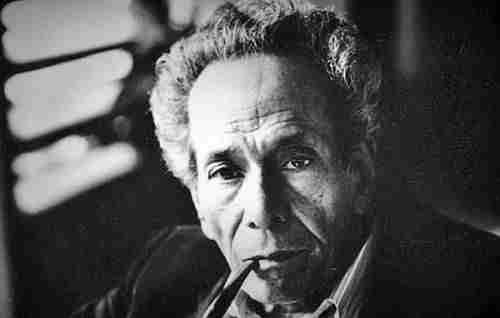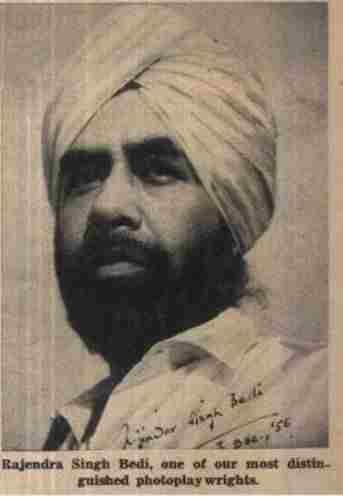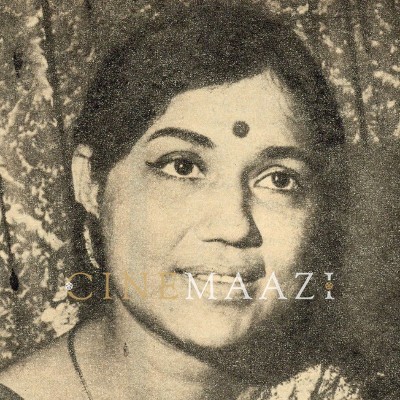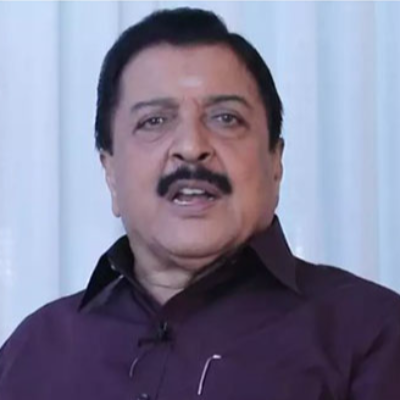- Release Date01/05/1969
- GenreDrama
- FormatB-W
- LanguageTamil
- Length3993.62 meters
- Gauge35 mm
- Censor RatingU
- Censor Certificate Number55570
- Certificate Date28/04/1969
This story was based on a novelette titled Kai Vilangu (Handcuff) by the noted Tamil writer, Jayakanthan, and is one of those occasional interactions between literature and cinema in Tamil film history. The central character is the jail superintendent, Raghavan, played memorably by S V Subbaiya. The Raghavan's, who are childless, treat the prisoners as their own children and take care of them; they are cast in a very different mold from the archetypal jail official. The filmmaker equates Raghavan with Ayyanar, the guardian deity of villages in Tamil Nadu.
Manikam, the sharecropper who cultivates Raghavan's land in the village, is in love with the girl next door. A rival attacks him while he is with her. Enraged, Manikam pulls the sword from the hands of the gigantic terracotta statue of Ayyanar and injures him. He is sent to Raghavan's jail for a five-year term. One day, Raghavan allows Manikam to go out to visit his ailing mother on the promise that he will return before sunrise. Manikam returns, eventually. This is the main plot of the story. There is an unrelated sub-plot of a toddy-tapper, played rather theatrically by Sivaji Ganesan. He kills the two ruffians who rape his teenage daughter and is hanged. The director had made quite a few changes in the original story.
The performing arts of rural Tamil Nadu, like Therukoothu, Karagam dance, and Villupaatu, were featured in the film very authentically. In fact, the leading exponent of Therukoothu, Purisai Natesa Thambiran, performed the piece "The Extermination of Hiranyan"; shots of Narasimha killing Hiranyan are inter-cut with the toddy-tapper killing the rapists. Tamil films usually depict only classical art forms and rarely focus attention on folk art forms. This was one of the first films to do so. Village life is also portrayed convincingly, though, in some scenes, the painted curtains stand out like sore thumbs. Scenes of an actual village fair and worship of village deities add to the convincing portrayal of rural life in the film. Routine life inside a prison was also depicted authentically. There were only two songs in the film. All in all, both in form and content, this film was quite different from the run-of-the-mill film of the Sixties.
[from the book The Eye of the Serpent by S Theodore Baskaran]
Cast
Crew
-
BannerAmbal Productions
-
Director
-
Cinematography
-
Music Director










.jpg)


